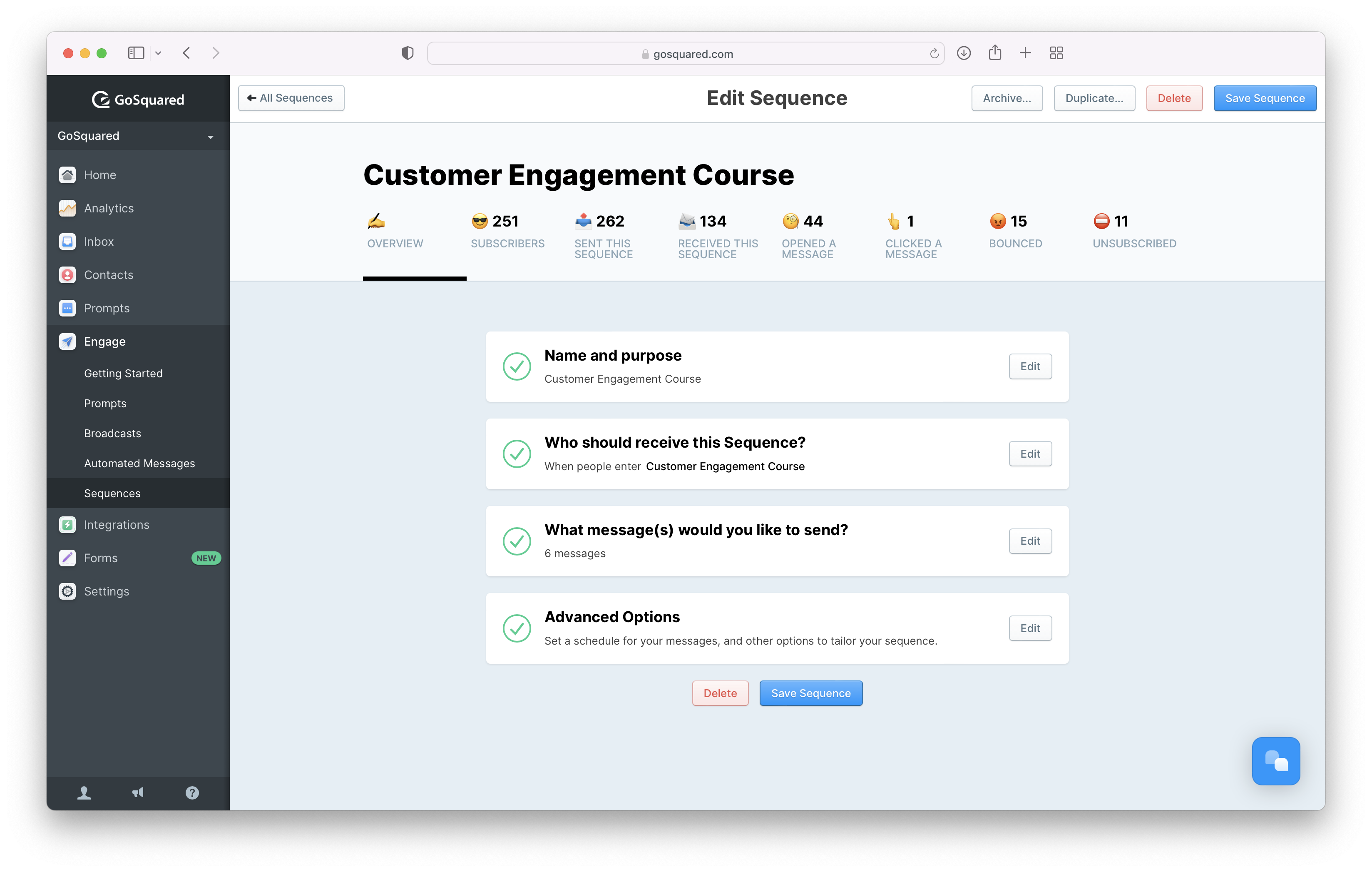Customer data provides a complete profile of who is purchasing from you and why.
Think about it. If you don’t have this information, how can you make sound business or marketing decisions?
There are lots of types of customer data a business can collect and use to its advantage.
However, in the age of GDPR, customer data can feel like a tricky topic to navigate. But so long as the proper protocols are followed, customer data remains as important as ever.
For those new to customer data, let’s dive right into the explanation of what it is, along with how to put it to the best use in your business.
Customer Data: An Overview

Customer data is the information a business collects about a user while they interact with their product or platform, it tells you who your customers are and how they are using your service.
“64% of marketing executives “strongly agree” that data-driven marketing is crucial in the economy” – Forbes.
There is a wide variety of user data that a business should collect. We’ll get to that in a second. But first, the question is: why is it important to know all you can about your customers?
In essence, if you want to run a successful business, you have to know everything you can about your customers. Every area of your business relies on it.
What Customer Data Allows You To Do
- Know your clients’ pain points or needs. It is the foundation of a successful business. We’ve all seen those horror stories of companies who don’t understand their customers, rush to gain VC funding, and build a product that nobody wants!
- Understand your users’ terminology and ‘speaking their language’ enables your sales team to build better rapport with your customers. And for your CS team, they will be able to better instruct clients on which features of your product are most relevant for their use-cases.
- Analyse your customers’ feedback or spot trends in their platform usage. This informs your product team on which features to add to the roadmap.
- Helps your marketing team craft content that will be valuable to your users. If you understand what publications your target audience read or keep on top of the latest industry news, you can build a webinar series to add to the conversation. Or send highly targeted and personalised marketing campaigns that are timely to these topics.
- Measure your customers’ ongoing engagement with your platform. Use this information to instruct your business on which future directions to take.
Types of Customer Data

Now that we’ve covered the importance of customer data, what are the main categories?
Personal Data
Personal data splits into two overarching categories: personally Identifiable Information (PII) and Non-Personally Identifiable Information (Non-PII).
PII relates to anything which can be used to identify an individual. This includes their name, email address and physical address. Similarly, data from more general sources, such as company, location, and age can be linked together to identify an individual.
With GoSquared, our auto-enrichment will link a contact’s social media information to their profile. Usually, this will be their LinkedIn profile. This gives you and your Sales team all the information they need to engage with your customers in a personal way. In addition, these profiles can also be used to segment users into their relevant groups to send out highly targeted marketing messages at scale.
Non-PII is anonymous data. For example, a users’ IP address or device IDs.
For GoSquared, these are counted as anonymous visitors and can still be tracked on your Analytics dashboards.
Behavioural Data
Behavioural data reveals how your users interact with your platform. Over time, you can use this to demonstrate trends in behaviour and inform changes to your product.
Examples of behavioural data include which features users activate, how much time the user spends on your platform, average order value, and heat maps.
Behavioural data will answer key questions about your product; which areas customers find value in, which areas they struggle with, and where you should make future improvements.
With GoSquared, you can track any custom behavioural events across your entire user-base. Then use the data to build your Smart Groups and trigger marketing or customer success campaigns.
For example, you could track customers who show minimal engagement with your platform and create a ‘Churn Risk’ Smart Group for your CS team to reach out to. Or, identify users who have activated all of your key features, create a Smart Group of ‘Super Users’ and reach out to them for a testimonial.
Engagement Data
Engagement data has a similar flavour to behavioural data, but while the latter focuses more on in-product activity, engagement data typically refers more to marketing activity.
Behavioural data will analyse what actions users make once inside your platform; engagement will look at how they get to your platform in the first place. For example, which marketing channels drove them to your landing page? How did they interact with the landing page once they got there?
Engagement data is vital to optimising your marketing campaigns. For example, track your email open and click-through rates with GoSquared Automations. Use this to A/B test different subject lines or different discount offers.
From your dashboard in GoSquared, you can also track exactly which marketing campaigns have driven the most traffic to your landing pages. So don’t spend a penny more on low-value campaigns, and start doubling down on your winning ads.
Once they arrive on your site, you can also track user journeys to discover which pages see the highest engagement (a great indicator for where to place a Prompt!)
Attitudinal Data
Finally, attitudinal data informs you on how your customers feel or talk about your brand. Typically, unless users write up online reviews of their own accord, you will need to proactively reach out to customers to gather this data.
Sending ‘Net Promoter Score’ surveys to clients is one of the most popular choices for this purpose. Ideally, you would deploy a survey in-app when a user is actively using your product. You can ask them to rate your product on a scale of 1-10 and offer the opportunity to give feedback. This is a great way to find out what customers are most happy about and what product areas they are most disappointed in.
You can use high scoring surveys to request testimonials. Low score surveys are a lagging indicator of churn. CS teams need to follow up on these immediately and take feedback to Product Teams to investigate future improvements.
Although it might sound a bit old-school in this day and age, sitting down in your customers’ offices for focus sessions can be one of the best ways of getting detailed & honest feedback. In a world where we increasingly communicate online, spending time with a customer offline can often be the best way to truly understand how they feel about your brand and product.
Put Your Customer Data To The Best Use With GoSquared Engage

Making informed product or marketing decisions based customer data is the foundation of any successful business.
A marketing automation platform such as GoSquared Engage makes this task easy and effective. GDPR compliant and packed with a helpful array of tools, Engage is designed to capture leads, onboard users, make announcements and retain customers.
Start your free trial of GoSquared Engage today. Or get in touch if you have any further questions about anything we’ve mentioned above, including how to put your customer data to best use.


